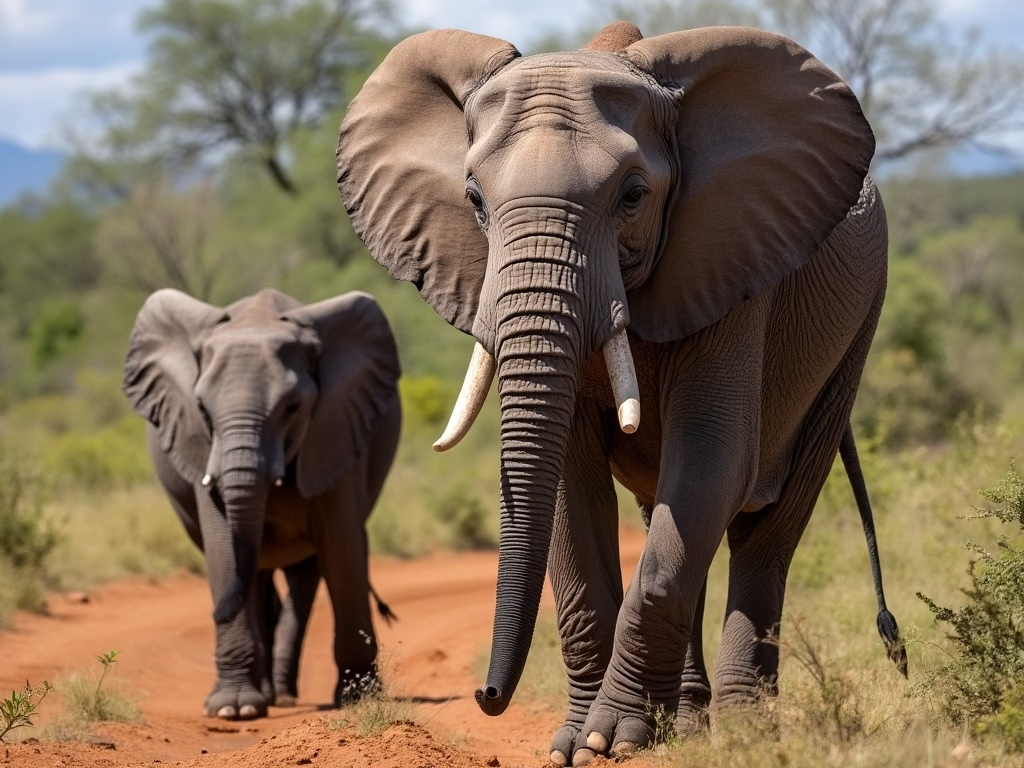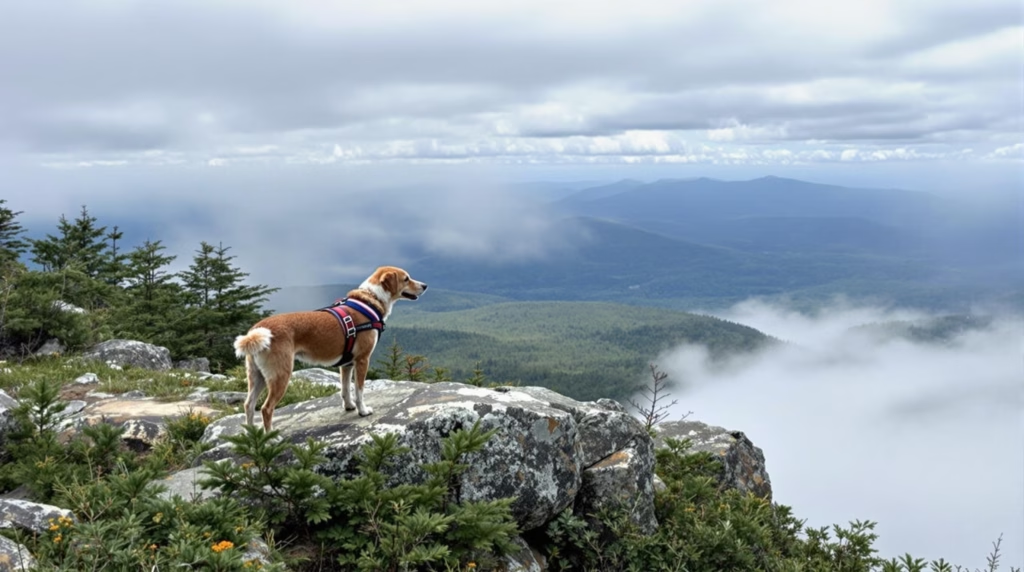The sun sets over the dusty savanna, casting long shadows across the Addo Elephant National Park. A gentle rumble echoes through the air as a herd of elephants ambles towards a watering hole, their footsteps stirring up clouds of red earth. This serene scene is the result of a remarkable conservation success story that began 90 years ago with a small patch of land and a handful of threatened elephants. Today, Addo stands as a testament to the power of dedicated conservation efforts, having grown from its humble beginnings to become a thriving ecosystem spanning over 178,000 hectares.
Key Takeaways:
- Addo Elephant National Park expanded from 2,270 to 178,000 hectares over 90 years
- The park now protects the “Big Seven” species, including marine life
- Addo preserves five of South Africa’s seven terrestrial biomes
- The park attracted over 305,000 visitors in 2017-2018, boosting the local economy
- Innovative management strategies and public-private partnerships drive Addo’s continued success
From Brink of Extinction to Thriving Ecosystem
Ninety years ago, the Addo Elephant National Park was born out of necessity. With just 2,270 hectares, its primary mission was to protect a small population of threatened elephants. Fast forward to today, and the park has undergone a remarkable transformation. It now spans an impressive 178,000 hectares, encompassing both terrestrial and marine environments.
The park’s evolution is a shining example of how conservation efforts can expand beyond a single species. Addo has embraced a holistic biodiversity approach, protecting not just elephants but an entire ecosystem. Visitors to the park can now witness the majesty of the “Big Seven” – elephant, lion, black rhino, buffalo, leopard, southern right whale, and great white shark.
A Mosaic of Life: Addo’s Unique Biodiversity
One of Addo’s most impressive features is its protection of five of South Africa’s seven terrestrial biomes. These include the subtropical thicket, fynbos, forest, grassland, and Nama-Karoo. Each biome offers a unique landscape and hosts a diverse array of plant and animal species.
The park’s commitment to conservation extends beyond its terrestrial borders. Addo also safeguards a portion of Algoa Bay, providing a vital marine environment for countless species. This area is home to the world’s largest breeding populations of Cape Gannets and the endangered African Penguins.
To maintain the integrity of these ecosystems, park management has undertaken extensive restoration efforts. One notable achievement is the removal of 75,000 hectares of invasive alien species, allowing native flora to thrive once again.
Addo’s Economic Impact: From Conservation to Regional Prosperity
The success of Addo Elephant National Park isn’t limited to conservation. It has become a significant driver of regional economic growth. In the 2017-2018 period, the park welcomed 305,510 visitors, marking a 15% increase from the previous year.
International tourists make up a substantial portion of these visitors, with 158,162 (52%) coming from abroad. The top markets include Germany, the Netherlands, and the United Kingdom. South African visitors account for 47% of the total, with the majority hailing from the Eastern Cape (69%) and Western Cape (21%).
The park’s success has translated into tangible benefits for the local community. Addo has created 1,842 jobs, a significant increase from 1,228 in previous years. Additionally, 11 SMMEs have been established, with an annual transfer of R20,357,000 to these enterprises.
To support this influx of visitors, Addo has developed robust tourism infrastructure, including:
- 505 beds for overnight stays
- 6 commercial concessions
- 154 km of additional all-season roads
The Future of Conservation: Addo’s Innovative Management
Addo’s success story is far from over. The park continues to evolve and improve through innovative management strategies. At the heart of this approach is the Conservation Development Framework (CDF) and Park Management Plan, which are reviewed every five years to ensure they remain effective and relevant.
Public-private partnerships have played a crucial role in Addo’s expansion. Agreements with Kuzuko, Riverbend, and Langvlakte have secured 99-year conservation commitments, significantly expanding the park’s protected area.
Addo’s conservation planning model and monitoring methods have proven so effective that they’re now used across South Africa’s national parks. This approach demonstrates how Addo Elephant National Park protects not just its own ecosystem but influences conservation practices on a national scale.
As Addo Elephant National Park looks to the future, it continues to strike a delicate balance between conservation, tourism, and regional economic growth. Its success serves as an inspiration and a model for conservation efforts worldwide, proving that with dedication and innovative management, it’s possible to turn the tide on species extinction and create thriving ecosystems that benefit both wildlife and local communities.
Sources:
SANParks
The Global Environment Facility



